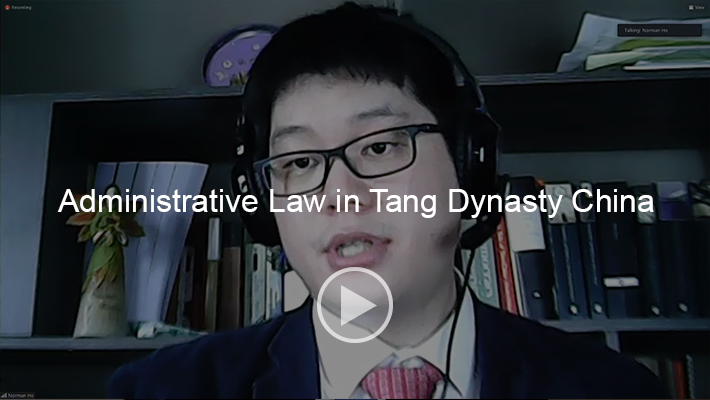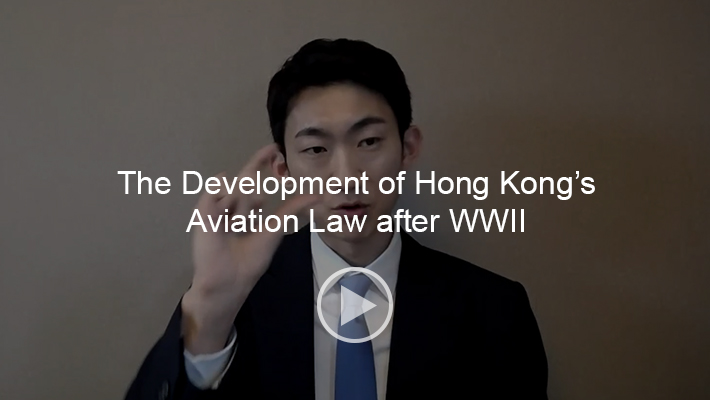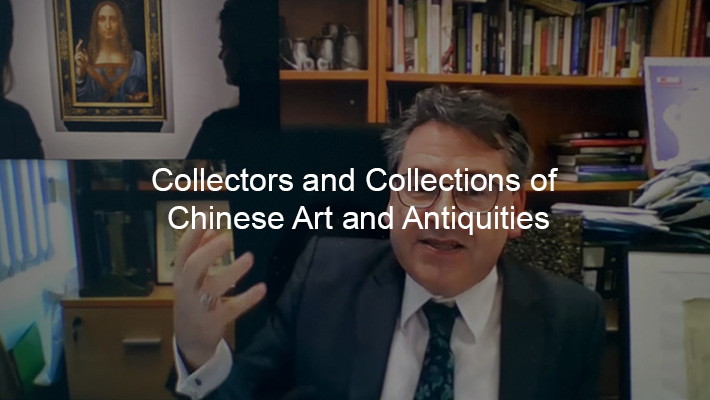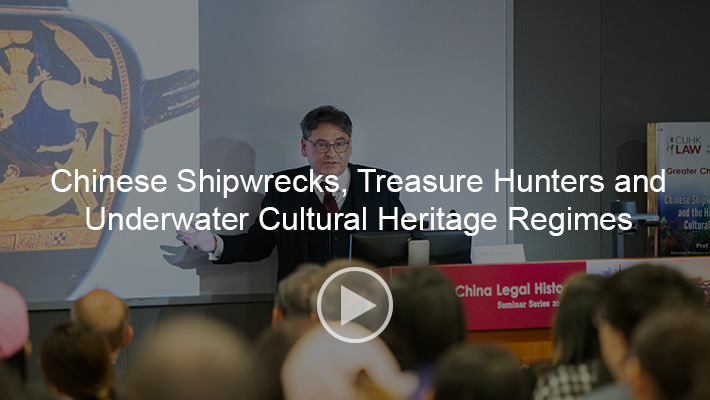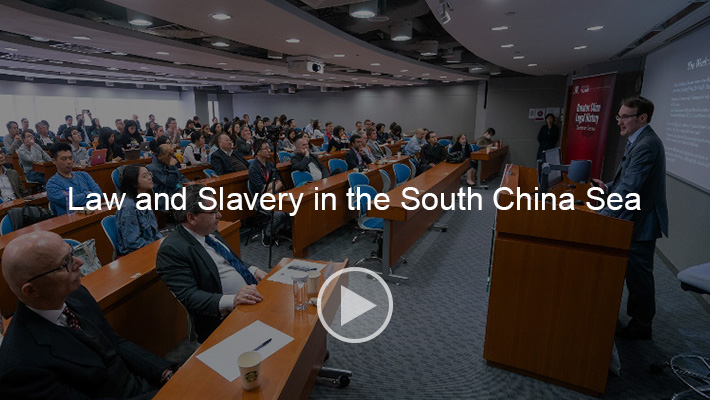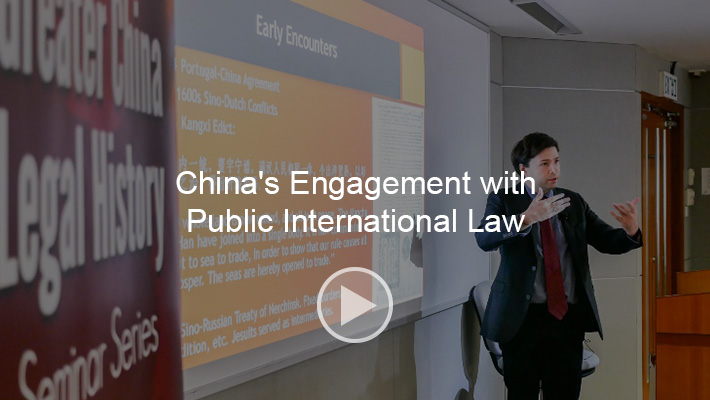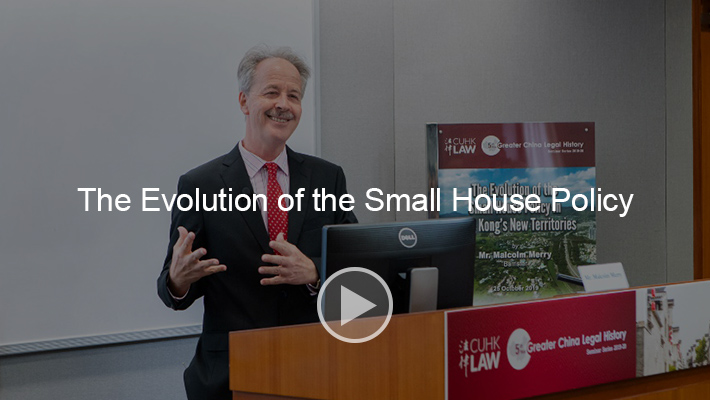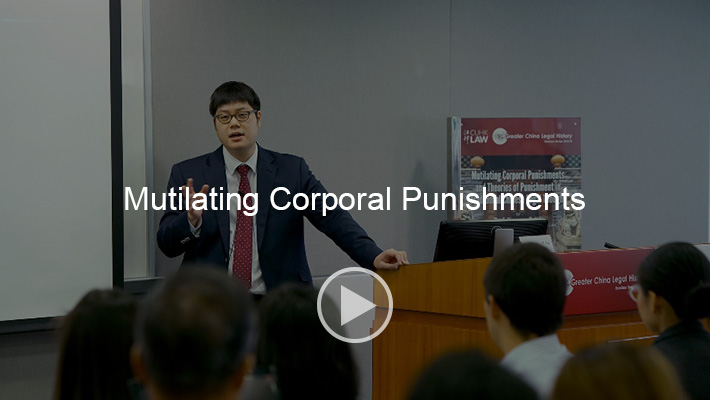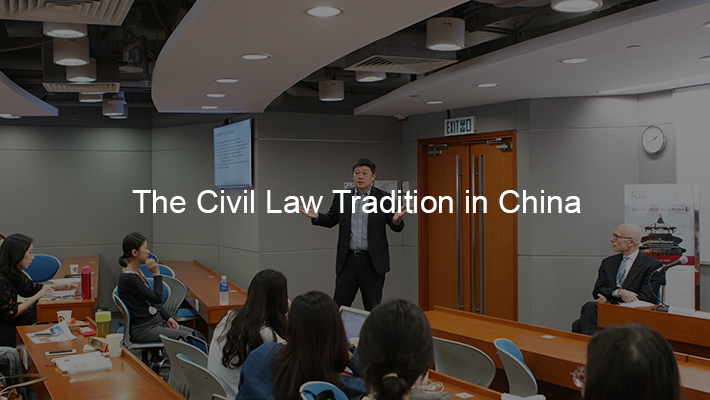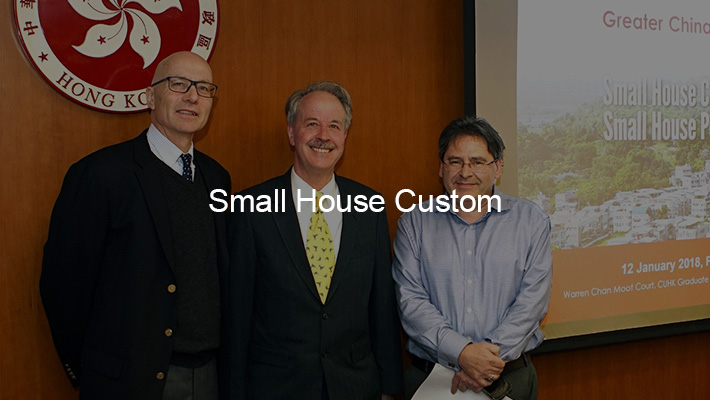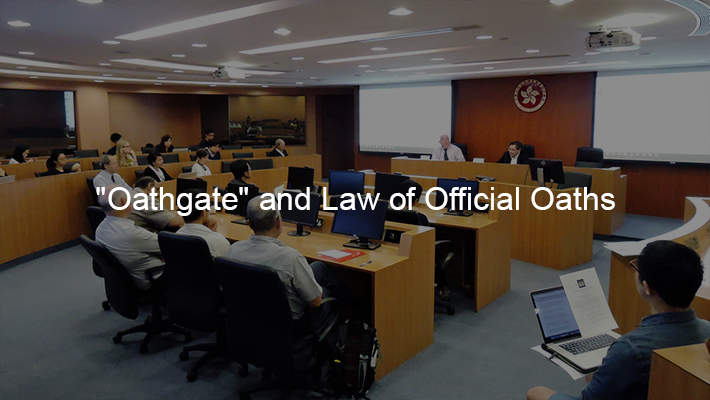
The History of Central Banking in Hong Kong, Mainland China and Singapore
In the 15th and 16th century Chinese fleets traded in Southeast Asia with spices, camphor, silk, porcelain, exotic birds – and other luxuries. At that time Chinese paper money had diminished in value due to over-printing and consequently most deals were conducted in the form of barter trade while on some occasions valuable products were used as payment devices.
Prof. Judith Sihombing discusses the payment forms and terms, and consequent legal issues in the trade in this period between Spain, Portugal, China and the Philippines, and across the Pacific. Prof. Sihombing will explain trade forms and payment terms in the China trade in the 15th and 16th century from the viewpoint of the great variety of buyers and their different cultural backgrounds and needs. Prof. Sihombing will compare different forms of currency and the governing legal regimes with a special focus on bartered goods, paper money, tin coins in animal and insect shapes, iron coins, gold, silver, jewels and from the 16th century onwards the Spanish (later Mexican) silver dollar. The seminar will consider how different types of currency were regulated in different jurisdictions.




